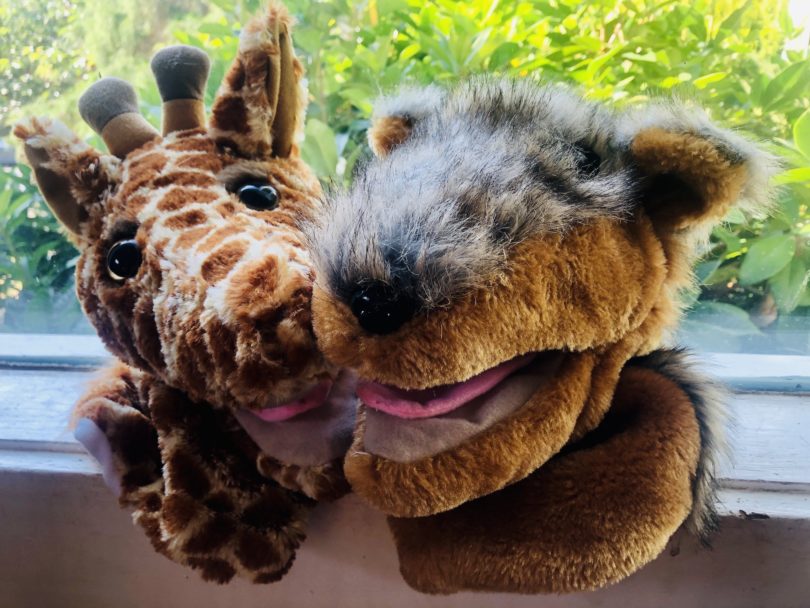Join me on this episode of the Paws & Reward Podcast as I interview one of her favorite mentors in the animal training industry, author of Plenty in Life is Free, Kathy Sdao. During the episode, we discuss what Nonviolent Communication (NVC) is and how we can use nonviolent communication with dogs to build connection.
When training dogs (and people), both Kathy and I subscribe to a philosophy rooted in least intrusive, minimally aversive (LIMA) methods. We strive to approach all learners, both human and canine, with this LIMA approach.
Nonviolent communication resonates with us so much as it parallels and complements this shared philosophy when it comes to communicating and training with our dogs. Nonviolent communication with dogs – and for everyone!
What Is Nonviolent Communication (And How Can We Use Nonviolent Communication with Dogs?)
Developed by Marshall Rosenberg, NVC is based on the idea that we all have the capacity for compassion, and that we only use violence or harmful behavior, when we don’t have a more effective way to meet our needs. Nonviolent communication tries to find a way for everyone to get what really matters, without the use of coercive or manipulative language.
Nonviolent communication helps people develop compassion for themselves and others. When we use nonviolent communication with dogs, it helps us develop compassion for our pets – even when we’re dealing with reactive dogs, aggressive dogs or otherwise difficult dogs.
During the episode, Kathy talks about the use of the jackal and the giraffe puppet. The jackal represents the voice that is harsh and critical while the giraffe represents the kind and compassionate voice.
Not only can you turn the giraffe voice to face others and direct kindness outward, you can also turn the puppet to face yourself and offer yourself the compassion you deserve.

There are 4 skills when practicing nonviolent communication with dogs (and everyone):
- Observing: What are the facts about this situation?
- Noticing your feelings without judgment or stories: What comes up for you? Is that the whole truth?
- Identifying your needs: What need is not being met right now?
- Making a request: What would you like to see happen?
We love these skills, not only because they help facilitate a nonviolent conversation, but they are also amazing skills for any dog trainer or pet parent to become fluent in in order to support the relationships and the connection between your dog and yourself!
For example, when we’re practicing nonviolent communication with dogs, I want to be a keen observer of all things (environmental triggers, my dog’s body language, what they find reinforcing) in order to set up a successful learning process and create lasting behavior change.
I also want to notice my reaction and my learner’s reaction to the dog training process so that we both stay under emotional threshold. And lastly, I want to be aware of my needs in the training session and make sure I am stating them clearly to avoid miscommunication. Check out the episode to listen to real life examples from Kathy.
Resources mentioned during the show to facilitate nonviolent communication with dogs (and people):
- Center for Nonviolent Communication
- Nonviolent Communication Books
- Translating Evaluative Terms Handout
- Kayla Fratt’s Article – Why We Punish Our Dogs
- Brene Brown and her Twitter comment on shame
- Nonviolent Communication Companion Workbook By Lucy Leu
Where to find Kathy Sdao:
- http://www.kathysdao.com/
- Her amazing book, a must-read for every pet parent: Plenty in Life is Free
Want to learn more about building a strong connection with your dog? Be sure to explore The Connection Summit, a movement that prioritizes the human-canine relationship for successful behavior change.

